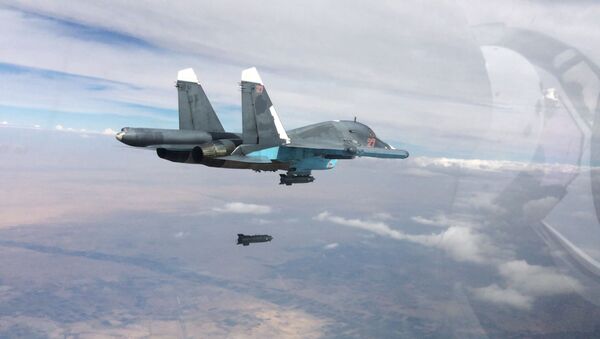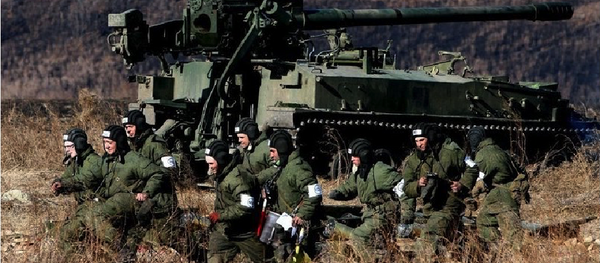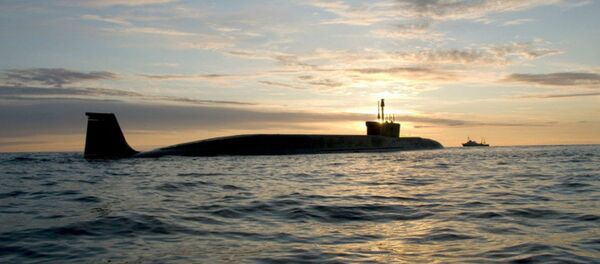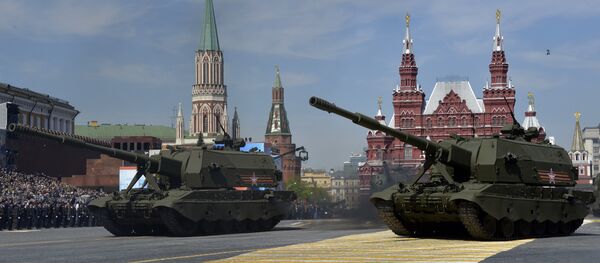On September 30, acting at the behest of President Bashar Assad, Russia launched an airborne campaign against Daesh (ISIL/ISIS) forces in Syria – the first military operation against terrorists abroad in Russia’s recent history.
The campaign is being waged by the elements of Russian Aerospace Forces and Russian Navy, by carrying out bombing runs and cruise missile strikes without coming into direct, face-to-face contact with the militants.
Russian aircraft, including Tu-160 and Tu-95MS strategic bombers, warships of the Russian Caspian Flotilla and Rostov-on-Don submarine have dealt a serious blow to the terrorists' infrastructure, destroying numerous command posts, supply dumps, makeshift weapon factories, and wiping out scores of militants.
Russian forces also targeted Daesh's primary source of income – the illegal oil trade – by targeting oil wells, refineries, pumping stations and tanker trucks used to ferry the 'black gold' to prospective buyers.
The Russian military itself is undergoing a rapid modernization, with up to 47 percent of its total number now outfitted with modern equipment.
The Strategic Aviation of the Russian Nuclear Forces was bolstered by the addition of ten new aircraft – two Tu-160, three Tu-95MS and five Tu-22M3.
Also, a new Russian strategic command aircraft based on the Il-80 design – an analogue of the US ‘Doomsday Plane’ – was successfully tested and is about to enter service.
The naval component of the Russian nuclear triad was supplemented by two new nuclear submarines – Alexander Nevsky and Vladimir Monomakh – while the ground strategic nuclear forces received five new regiments of RS-24 Yars ICMB launchers.
The Victory Day Parade, held on May 9th at Moscow’s Red Square, also became an impromptu display of the newest additions to the Russian military arsenal, including the now-iconic Armata tank, Kurganets-25 IFV, Tigr and Typhoon armored vehicles, and many others.
This year, the Russian Armed Forces were also subjected to a great number of planned and surprise drills, testing the combat readiness of virtually all branches of the Russian military.
Also, this year saw the conclusion of what some refer to as ‘the Mistral affair’.
In June 2011, Rosoboronexport and the French DCNS naval defense company signed a contract for two Mistral amphibious assault ships and related services, including logistics, personnel training and technology transfers.
Under the 1.2-billion euro contract ($1.35 billion at the current exchange rate), Russia was to receive the first of the ships in 2014 followed by the second in 2015. However, the sale of was cancelled by France because of Russia’s alleged involvement in the Ukrainian crisis.
After Russia and France terminated their contract in August, Moscow received around $1 billion (949.8 million euros) in compensation. France has since made an agreement with Egypt, which bought the two vessels for about 950 million euros.







